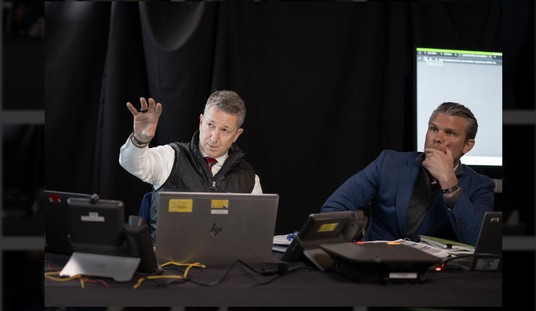Iowa Governor Kim Reynolds was in an ebullient mood on Tuesday when she signed into law the most sweeping and revolutionary school choice program in the nation.
“What an amazing day for our children!” she exclaimed to the crowd of kids, parents, and lawmakers who had gathered in the Iowa Capitol rotunda to witness the historic signing.
Indeed, the new law, which will take effect this year, is a game changer for parents. The law will allow any Iowa family to use taxpayer funds to pay for private school tuition — at a cost of $345 million annually to the state once fully phased in.
This is Reynold’s third attempt at pushing school choice legislation through the Iowa legislature. But in the 2022 election, Iowa Republicans increased their majority, giving Reynolds the breathing room she needed.
“Public schools are the foundation of our educational system, and for most families, they’ll continue to be the option of choice. But they aren’t the only choice. And for some families, a different path may be better for their children,” she said.
The law will phase in over three years and eventually allow all Iowa families to use up to $7,598 a year in an “education savings account” for private school tuition.
If any money is left over after tuition and fees, families can use the funds for specific educational expenses, including textbooks, tutoring, standardized testing fees, online education programs and vocational and life skills training.
For the first year of the program, the 2023-24 school year, the funds will be available to all incoming kindergarten students and all public school students. It will also be offered to current private school families who make at or below 300% of the federal poverty level.
Eligibility will expand to include private school families at or below 400% of the federal poverty line in the 2024-2025 school year.
When the law is fully phased in by the 2025-26 school year, all Iowa students will be eligible.
The law also allows for $1200 per student who leaves to attend a private school to be given to the school district.
The Legislative Services Agency’s analysis predicts 14,068 students will be enrolled in the program in fiscal year 2024, its first year. That includes an estimated 4,841 students who would transfer from a public school to a nonpublic school.
By fiscal year 2027, the agency expects 41,687 students in Iowa to receive education savings accounts to pay their private school costs. Over that time, the agency projects enrollment in public schools to drop from 486,476 in fiscal year 2024 to 475,207 in fiscal year 2027.
The same agency “estimates public school districts will receive $49.8 million in new per-student funds for private school students within the public district’s boundaries. The agency also expects a net decrease of $46 million in public school funding as a result of more students attending private schools.”
Theoretically, fewer students in public schools mean less money is needed to educate them. But we should never underestimate the educational bureaucracy. They’ll find a way to plead poverty no matter how many students attend public schools.
Opposition to the bill wasn’t very effective.
“Public schools accept all kids. Private schools pick and choose,” said House Minority Leader Jennifer Konfrst. “This is not about school choice. This is about school administrator choice. School administrators decide who goes to our private schools; public schools welcome all children.”
That’s simply not true. Some private school standards are more strict than public school standards. But many private schools accept all comers — as long as the parents can afford the tuition.
This bill is about freedom,” said Rep. John Wills (R-Spirit Lake), the bill’s House floor manager. “This bill is about freedom for the family to make a decision. This bill is about where that family feels that child will be best taught. This bill is not about attacking teachers. The opponents of this bill will state that we’re attacking teachers over and over again tonight. Nothing could be further from the truth.”
Related: Kentucky Supreme Court KOs School Choice
The cost of this program is estimated to be $345 million a year once it is fully implemented. That estimate, like most political estimates, is probably lowballing the actual costs. And we’ll see how popular this is once it’s fully implemented.
But for now, this is a great victory for school choice advocates and the children who will surely benefit.










Join the conversation as a VIP Member